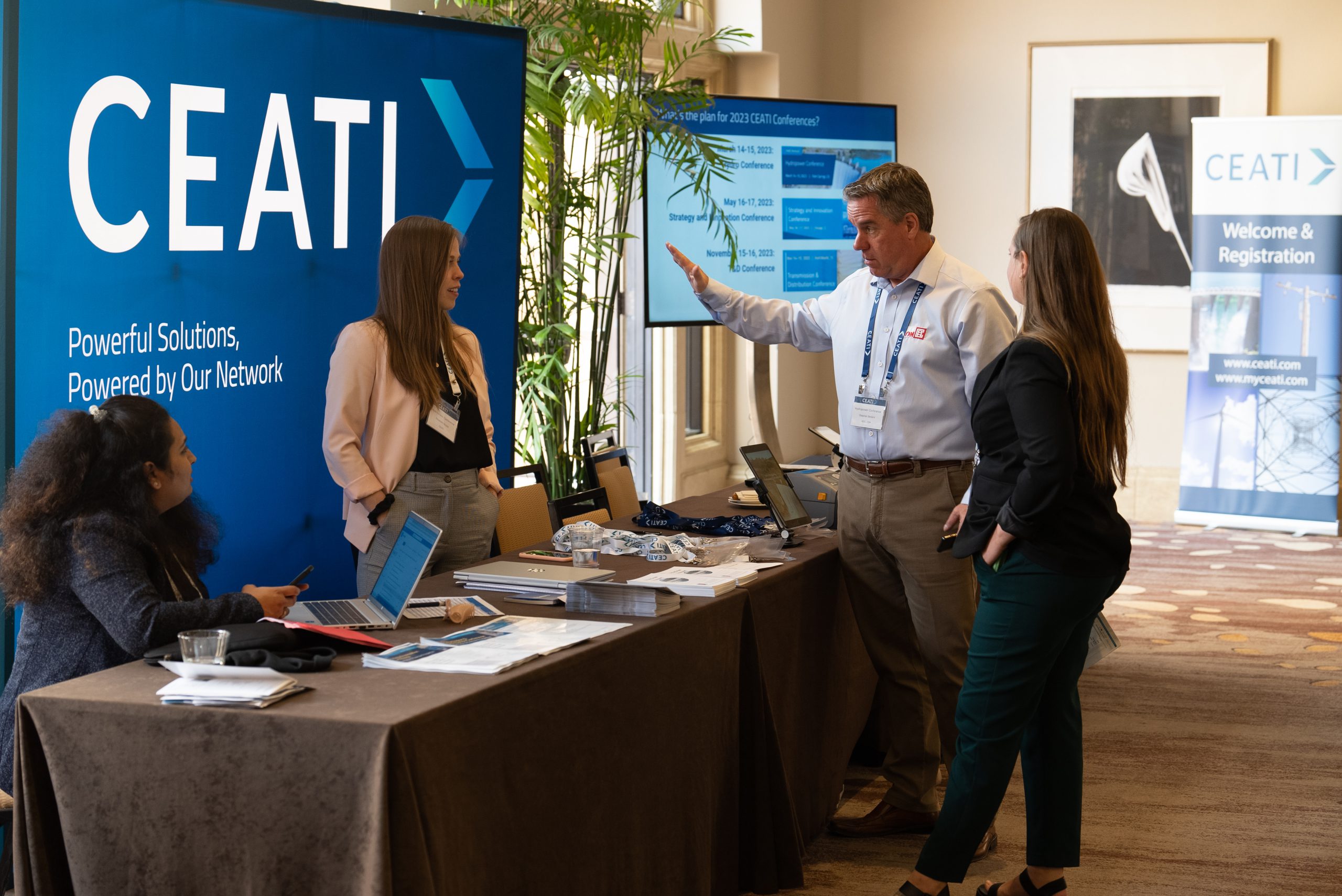How hydro producers can leverage machine learning and forecasting solutions to enhance their operational efficiency
Have you ever wondered how it’s possible to predict the amount of water a hydropower reservoir will receive days in advance? Inflow forecasting is one of three essentials in the smart hydro producer toolbox, next to visualization and planning. Smart inflow predictions are all about learning from the past to forecast the future and minimize imbalance costs. Solutions like HYDROGRID Insight make it easier than ever to collect, structure & organize ‘raw’ data into actionable insight on future reservoir inflows with impressive accuracy and reactivity.
Leveraging Data for Better Decisions: the role of machine learning in hydropower operations
Having the ability to foresee water inflow accurately is really a hard job without the right technology at hand, but also a key competitive advantage. Being able to make better strategic decisions and to optimize hydropower production weeks or even months ahead is what makes the difference between reactive and proactive planning. This capability, including the ability to predict inflow, is even more crucial for hydroelectric power plants that lack flexible storage, providing a significant competitive advantage even through short-term planning.
This goes way beyond data processing; we’re speaking of generating the insight needed at all levels of water management – from detecting emergencies requiring immediate action, to making informed, strategic decisions up to twelve months ahead. In practice, a single forecast model typically cannot fulfil all these requirements over all these timeframes.
Creating a model that works well ‘after-the-fact’ in lab conditions is easy – creating models that are robust enough to handle data errors in real-time is a lot trickier – that’s why we at HYDROGRID have spent nearly 8 years perfecting our hydro forecasting models for ‘real-life’ use and usefulness.
It’s also why HYDROGRID Insight uses multiple machine learning forecast models tailored to different time scales and to each hydro basin. The capability of machine learning stems from the sophisticated use of historical data analysis and weather forecasts. Each water basin will have different levels of predictability, and this is where our experts come in and fine-tune our machine learning models for each plant in your portfolio. After basin modelling, they go about selecting the right parameters and the correct data error detection & correction models for each time horizon.
To illustrate, consider a hydro-energy plant with a significant storage capacity. For medium- and long-term planning (weeks or months ahead) needed for seasonal operational planning, maintenance planning and flood or drought mitigation, inflow forecast calculations must consider seasonal patterns, snow coverage, long-term trends. With each seasonal data point added, these long-term forecasts gain both accuracy and confidence.
In contrast, the same hydro-energy plant needs short-term forecasts, or ‘nowcasts’ (one to 48 hours ahead), which are crucial for trading on day-ahead and intra-day markets, concern a much shorter time window, and the data sets used can be trusted with a higher level of certainty. In this second case, the model will consider localised rain events and real-time developments in the catchment area, and will be automatically updated as often as every hour. The timing also plays a role in accuracy – ‘nowcasts’ are more precise as we rely on telemetry ‘actuals’ instead of historical patterns.
Making sense of all these data in real-time is no small job. For hydropower producers of all sizes, just keeping inflow forecasts aligned with weather fluctuations, demands tens and up to hundreds of forecasts every day. With our hydro-tailored solution, we make sure that, once we factor in all data streams, we automate and customize the collection, structuring and interpreting of raw telemetry, and ultimately, the computing of real-time inflow forecast.

Combining Forces: machine learning, HIRO & human intelligence
Hydro production planners are highly trained on predicting a very unpredictable, physical quantity — water. Their insight is invaluable to any asset manager, but it comes with its‘ unique set of challenges. Besides inflow forecasting, digitalization trends open up opportunities to merge traditional meteorological models and human expertise with cutting-edge machine learning outputs. In short, we don’t stop at inflow forecasting, but also use it to optimize production planning using our proprietary algorithm – HIRO.
Your hydropower plant’s environmental and operational constraints, your turbine efficiency curves, energy price forecasts, your planned maintenance windows, sudden weather and power market events – they should all be factored in for successful production planning. And that’s where HIRO comes in. It empowers operators to store and dispatch energy following grid requirements in real-time, while accounting for all expected and unexpected limitations, and it is the brain behind our water value calculations.
‘HYDROGRID Insight’ offers access to this knowledge to identify trends and forecast upcoming conditions, ensuring you’re always prepared and one step ahead in your planning. By using detailed historical inflow and telemetrical data coupled with precise weather information, we enable ‘HYDROGRID Insight’ to recognize patterns and predict future conditions. This approach is not just about making predictions; it’s about providing a solid foundation for making informed, strategic decisions that can significantly improve hydropower efficiency and productivity in the long run.
A solution like HYDROGRID Insight takes water management to the next level, helping to manage not just the hydropower plant but also the natural resources the plant is utilising, and the power output it has – all under a single integrated product. However, the strongest driving force of production accuracy remain the production planner and operator, who interact with HYDROGRID Insight to get the best out of the combination of human & artificial intelligence.
Stay tuned for the collaborative role of visualization and strategic planning with AI parts of this blog series to learn how you can improve your hydro operations through the help of digitalization.



